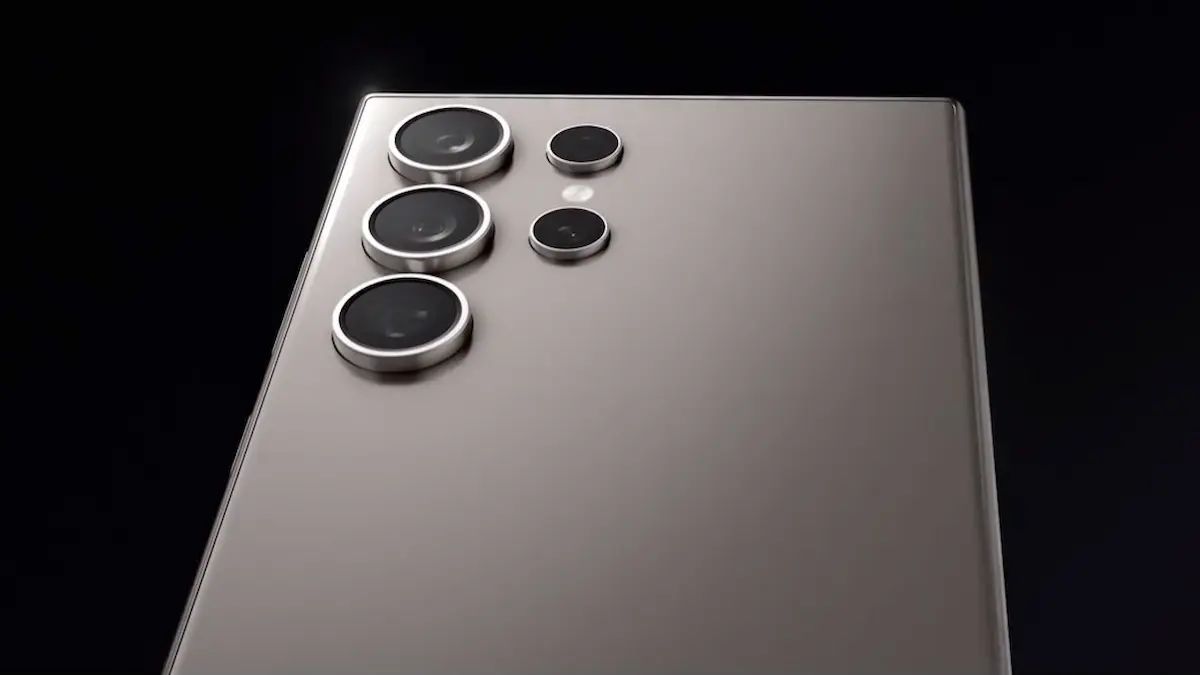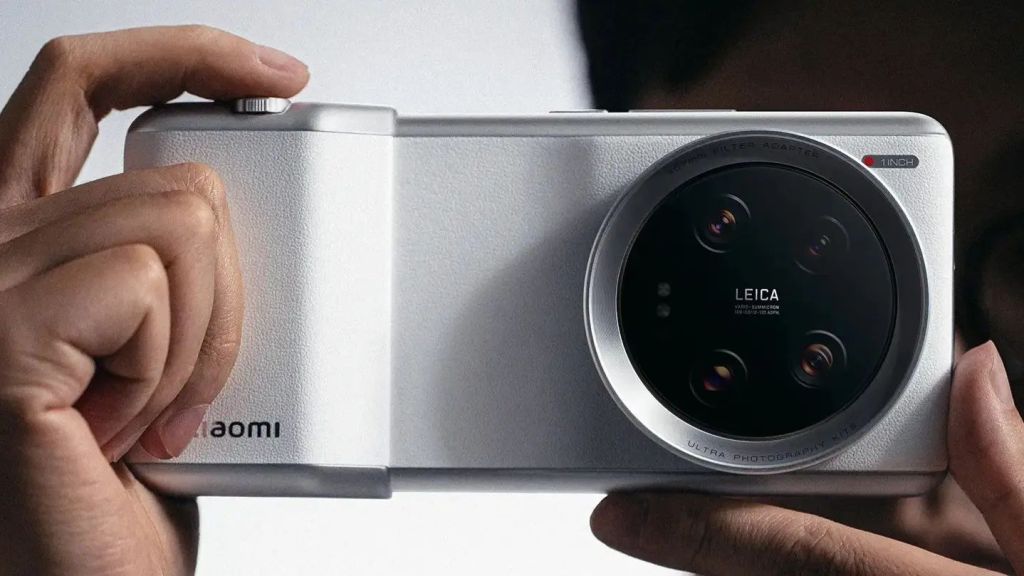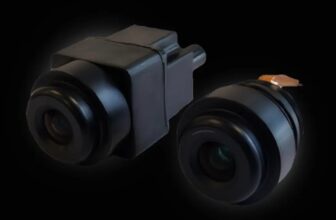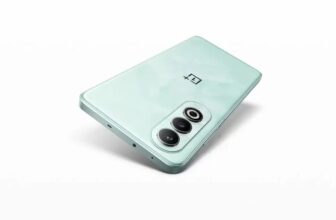Samsung Galaxy S24 Ultra vs Xiaomi 13 Ultra camera modules: who is on the right track?

[ad_1]
Samsung Galaxy S24 Ultra vs. Xiaomi 13 Ultra camera modules
In the ever-evolving field of smartphone technology, competition between giants like Samsung and Xiaomi continues to push the boundaries of innovation, particularly in the area of mobile photography. The recently unveiled Samsung Galaxy S24 Ultra and last year’s Xiaomi 13 Ultra offer a fascinating comparison in terms of camera modules and overall imaging capabilities.
Samsung Galaxy S24 Ultra camera modules:
The Samsung Galaxy S24 Ultra takes the megapixel race to new heights with its impressive camera setup. The 200 MP main camera, featuring the Samsung ISOCELL HP2 sensor, features a 1/1.3-inch size and F1.7 aperture, accompanied by optical image stabilization (OIS). This sensor not only promises unprecedented resolution, but also potential advancements in low-light performance.

In addition to the main sensor, the device integrates a 12 MP ultra-wide-angle lens equipped with the Sony IMX564 sensor, offering a 120-degree field of view. Telephoto capabilities include a 10 MP vertical telephoto lens and a 50 MP periscope telephoto lens, both with Sony IMX754 and IMX854 sensors, respectively. With built-in OIS, these telephoto lenses aim to provide stability and clarity in zoomed shots.
Xiaomi 13 Ultra camera modules: a different approach to camera hardware
In contrast, Xiaomi’s 13 Ultra, albeit from the previous year, takes a different strategy by opting for a quartet of 50MP 1-inch sensors across its entire camera lineup. The Sony IMX989 main camera, with a variable aperture ranging from F1.9 to F4.0, promises versatility in various lighting conditions. The ultra-wide-angle, vertical, and periscope telephoto lenses all use the Sony IMX858 sensor, providing consistency in sensor technology.

One notable aspect of Xiaomi’s approach is its focus on larger camera sensors, with the main camera sporting a 1.02-inch sensor. This departs from the trend of increasing megapixels and focuses on improving light intake, which could lead to reduced noise levels in dimly lit environments.
| Model | Samsung Galaxy S24 Ultra | Xiaomi 13 Ultra |
|---|---|---|
| Main | 200MP: Samsung ISOCELL HP2, 1/1.3 inch, 23mm equivalent, F1.7, OIS | 50MP: Sony IMX989, 1.02-inch, 23mm equivalent, F1.9-4.0 variable aperture, OIS |
| Ultra wide | 12MP: Sony IMX564, 1/2.55-inch, 13mm equivalent, F2.2, 120ᵒ | 50MP: Sony IMX858, 1/2.51-inch, 12mm equivalent, F1.8, 122ᵒ |
| Vertical telephoto lens | 10MP: Sony IMX754, 1/3.52-inch, 69mm equivalent, F2.4, OIS | 50MP: Sony IMX858, 1/2.51-inch, 75mm equivalent, F1.8, OIS |
| Periscope telephoto lens | 50MP: Sony IMX854, 1/2.52-inch, 115mm equivalent, F3.4, OIS | 50MP: IMX858, 1/2.51-inch, 120mm equivalent, F3.0, OIS |
While Samsung’s Galaxy S24 Ultra impresses with its megapixel count, Xiaomi’s 13 Ultra takes a different route, prioritizing larger sensor sizes and apertures. The debate over whether higher megapixels equals higher image quality rages on, with optimization and imaging algorithms playing a crucial role in the final results.
Samsung and Xiaomi recognize the importance of artificial intelligence in shaping the final image. The Galaxy S24 Ultra places a strong emphasis on AI experiences, ranging from live translation to photo and video editing. Xiaomi, not to be outdone, is gearing up for the release of the Xiaomi 14 Ultra, promising a massive upgrade and a refocus on mastering mobile imaging.
As competition plays out in this dynamic landscape, it becomes clear that the battle for smartphone imaging supremacy involves a delicate balance between cutting-edge hardware and intelligent software optimization. The true master of mobile imaging may well be determined not only by megapixels on paper, but also by the seamless integration of hardware prowess and sophisticated AI-driven image processing algorithms. The upcoming Xiaomi 14 Ultra is set to enter this arena, intensifying the rivalry and allowing consumers to look forward to the next chapter in the ever-changing world of smartphone photography.
Don’t miss the latest story – Follow us on WhatsApp Channel, Google News, YoutubeAnd Twitter for the fastest updates!
Source
[ad_2]
Source link





